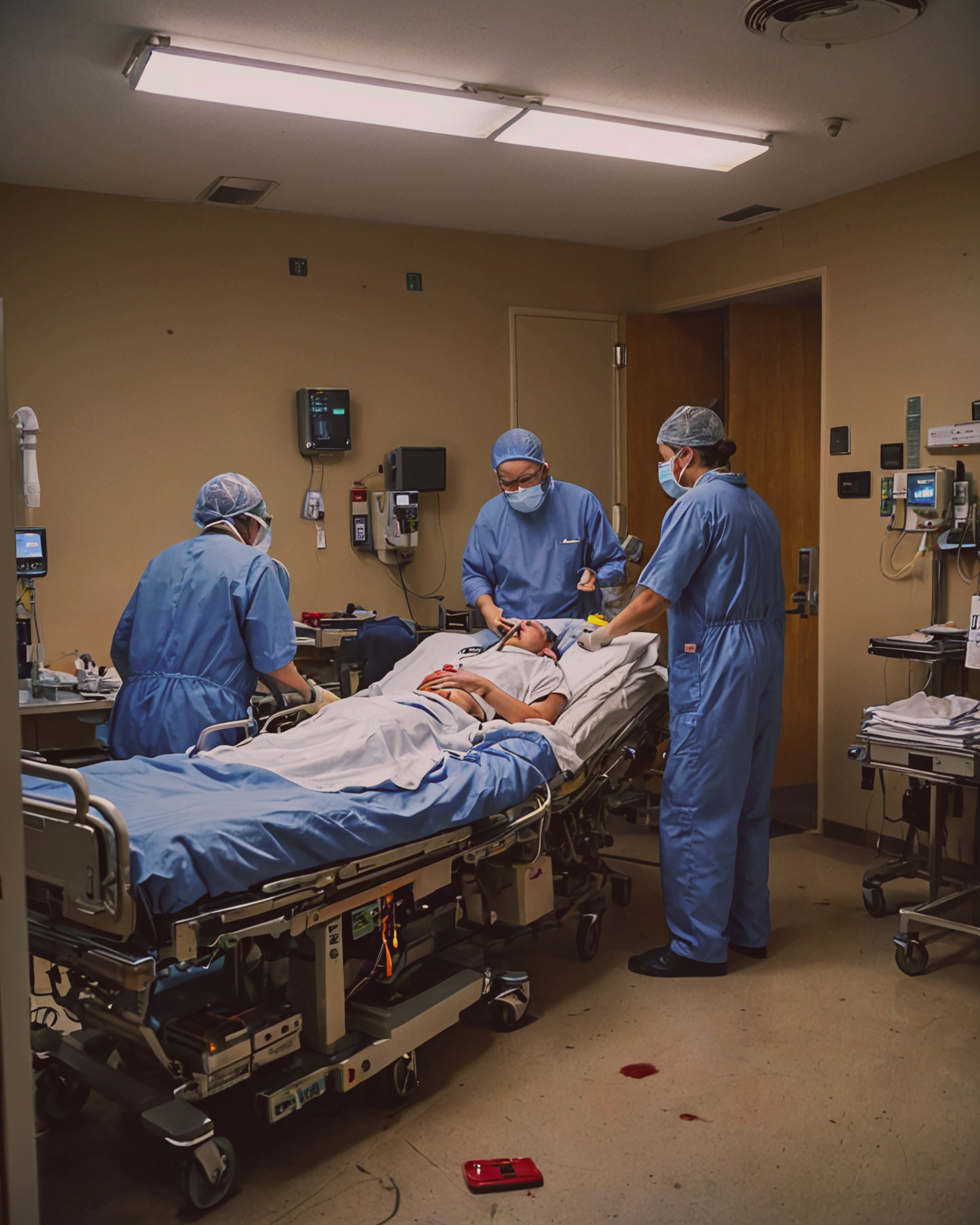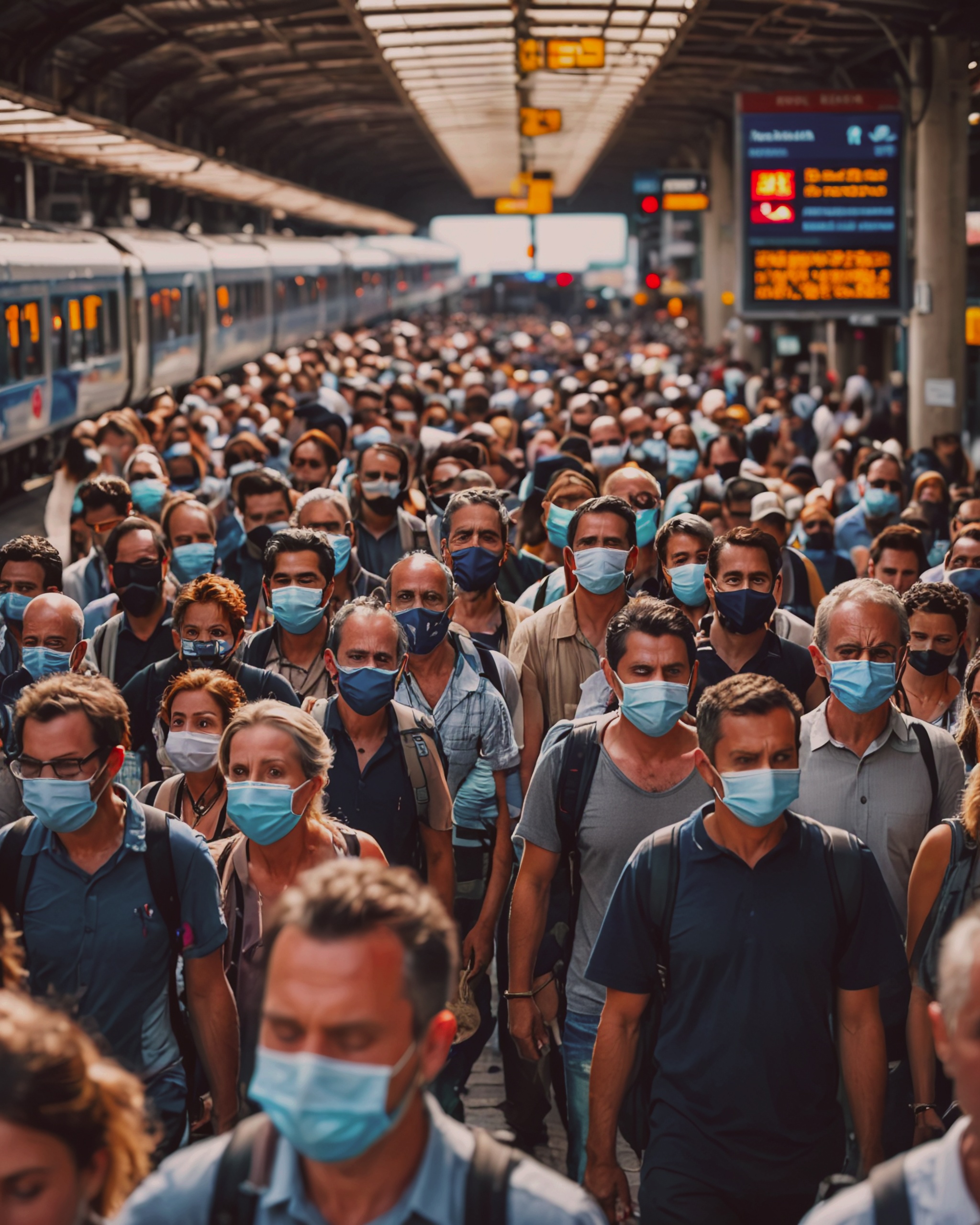Sleeping on your side, also known as side sleep, may have several benefits, especially for brain health and waste removal. While sleep positions are very personal and should focus on comfort, recent research suggests that side sleeping might be the best position for brain health and waste removal.
Traditionally, sleep positions have been chosen for physical comfort, breathing, and medical reasons. Side sleeping is known to help with spine alignment, reduce snoring and sleep apnea symptoms, and aid digestion. However, it can cause shoulder and hip pain, especially in older people. A helpful tip is to use a pillow between your knees to maintain proper alignment while sleeping on your side.
A study by the National Council on Aging found that nearly half of the respondents preferred side sleeping, and another study showed that people spend about 54% of their sleep time on their sides. This prevalence of side sleeping might hint at its underlying benefits.
Now, there’s a new consideration in sleep positioning: its potential impact on brain health through the glymphatic system. Discovered in 2012, this system acts as the brain’s cleaning crew, removing waste products that accumulate during wakefulness. It is most active during sleep, making nightly rest crucial for maintaining brain health.
The glymphatic framework utilizes cerebrospinal liquid (CSF) to flush out by-products, incorporating proteins related to neurodegenerative illnesses like Alzheimer’s and Parkinson’s. This cycle is fundamental for keeping up with mental capability and possibly decreasing the gamble of neurological problems.
Recent research shows, particularly a study from Stony Brook University published in the Journal of Neuroscience, suggests that sleep position may influence the efficiency of this cleaning process. The study found that side sleeping was most effective for removing waste from the brain compared to stomach (prone) or back (supine) positions in rodents.
Several factors might contribute to the superiority of side sleeping for brain waste clearance:
- Optimal gravitational flow of CSF and interstitial fluid
- Favorable cerebral blood flow patterns
- Advantageous positioning of blood vessels and nerves
- Possible evolutionary adaptation
The potential link between sleep position and brain waste clearance has significant implications for preventing and managing neurodegenerative diseases. If side sleeping enhances the removal of toxic proteins, it could potentially reduce the risk of developing disorders like Alzheimer’s and Parkinson’s or slow their progression.
Another study published in the journal Science used functional magnetic resonance imaging (fMRI) to observe rhythmic waves of blood and CSF in the human brain during sleep. These waves appeared to function like a washing machine’s rinse cycle, potentially clearing the brain of toxic waste. While this study didn’t specifically focus on sleep position, it provides further evidence of the importance of sleep in brain waste clearance. We might assume that the washing machine works best in the side sleeping position.
Additional recommendations for enhancing glymphatic system function and brain health include:
- Consuming omega-3 fatty acids
- Practicing intermittent fasting
- Adopting a right lateral sleeping position
- Moderate alcohol consumption in low doses (with caution)
- Regular physical exercise
- Managing chronic stress
However, these recommendations should be taken with caution, as more research is needed to confirm their effectiveness.
Several limitations and areas for future research include:
- Most studies have been conducted on animals; more human studies are needed.
- Long-term effects of sleep position on neurodegenerative disease risk need further investigation.
- Individual variations in optimal sleep position must be considered.
- Practical methods for tracking sleep positions outside laboratory settings are needed.
In conclusion, while the emerging research on sleep position and brain waste clearance offers an intriguing new perspective, it should be viewed as part of a holistic approach to sleep health. Prioritizing overall sleep quality, maintaining consistent sleep patterns, and addressing sleep disorders remain fundamental. Good nutrition, exercise, and stress reduction continue to be essential for overall health.
Finally, if using a CPAP mask while sleeping on one’s back facilitates better, undisturbed deep sleep without complications, this would be superior to worrying about side sleeping. Ultimately, the most important factor is achieving quality, restful sleep in a comfortable position that works best for each individual.
Side sleeping is a common position that many people find comfortable, but it can sometimes lead to hip pain, especially among older individuals or those with pre-existing hip conditions. The pressure exerted on the hip joint when lying on one side can cause discomfort or exacerbate existing pain. Using a pillow between the knees can help maintain better alignment of the hips and reduce strain on the joints, potentially alleviating some of the discomfort associated with side sleeping.
Side sleeping can cause ear pain due to prolonged pressure on the ear against the pillow, irritating sensitive ear structures like the canal and cartilage. Using a soft or contoured pillow that supports proper head and neck alignment can alleviate this pressure. Alternating sleep positions or using ear protection like soft earplugs can also help. Addressing underlying conditions such as ear infections or TMJ issues, and maintaining good sleep hygiene, including a comfortable sleep environment, are crucial for reducing ear pain while side sleeping. Consulting a healthcare professional for persistent ear discomfort is advisable for proper diagnosis and treatment.
Side sleeping with a CPAP mask can be challenging due to potential mask displacement and air leakage, compromising therapy effectiveness. Choosing a CPAP mask designed for side sleeping, such as those with adjustable straps or nasal pillow styles, can improve comfort and seal. Positional pillows or cushions that accommodate the mask can also help maintain stability. It’s essential to ensure proper mask fit and alignment to minimize discomfort and air leaks. Consulting with a sleep specialist or CPAP supplier for guidance on selecting the right mask and adjusting sleeping positions can optimize CPAP therapy for side sleepers.
Using a side sleeping knee pillow can enhance spinal alignment and reduce pressure on the hips and lower back. Placing a side sleeping knee pillow between the knees helps maintain natural alignment of the spine, alleviating strain and discomfort. This positioning promotes better sleep quality by minimizing tossing and turning during the night. Side sleeping knee pillows come in various shapes and materials, offering customizable support to suit individual preferences. Incorporating a side sleeping knee pillow into bedtime routines can significantly improve comfort and contribute to a more restful sleep experience.


